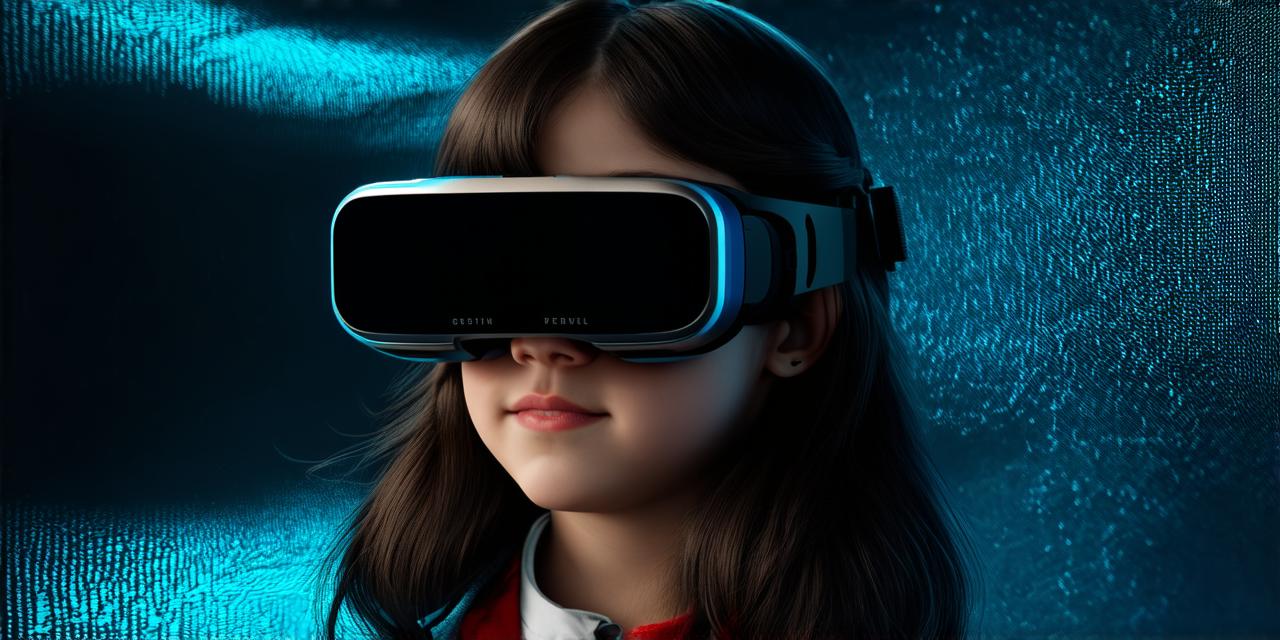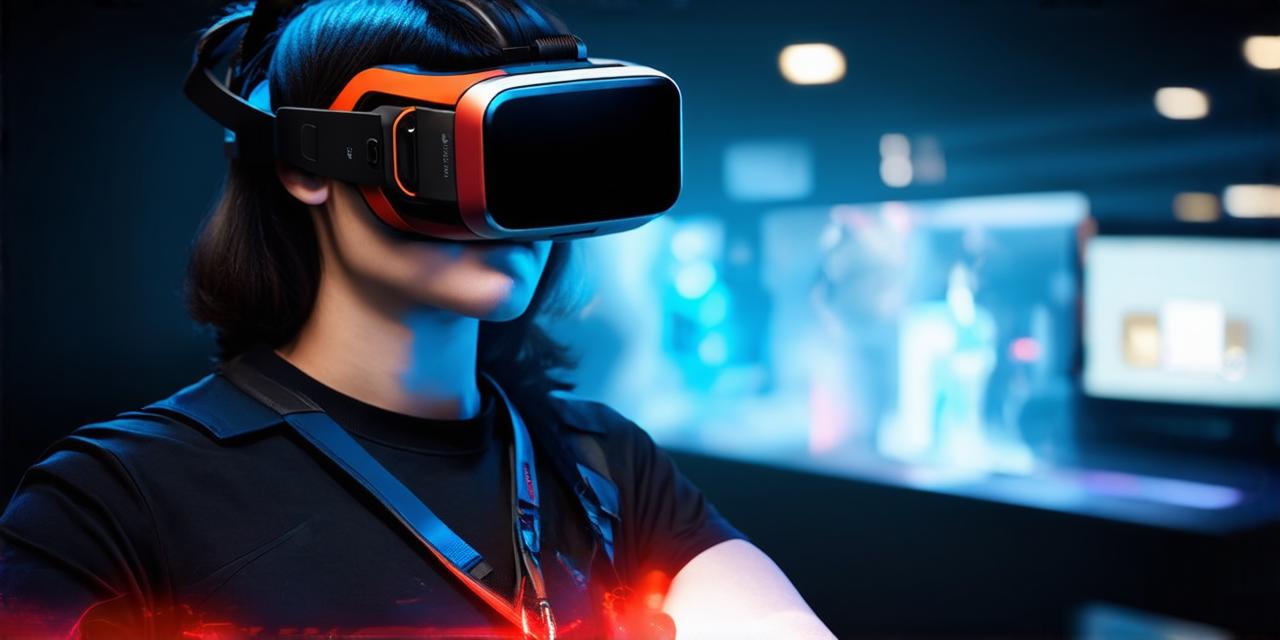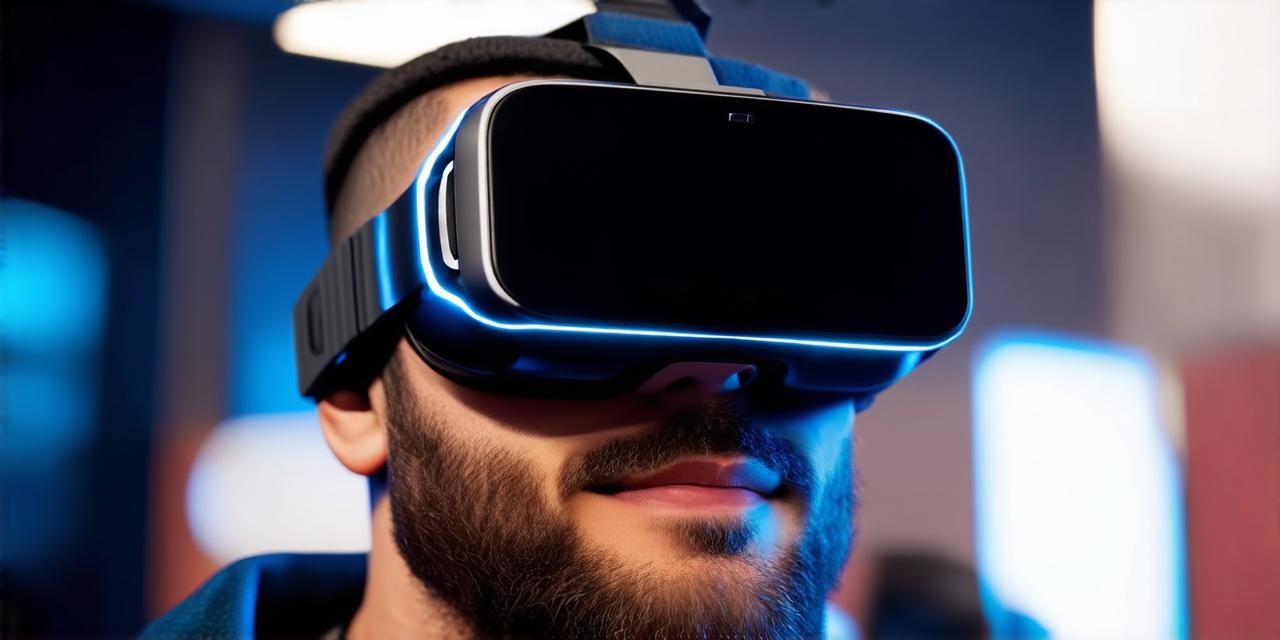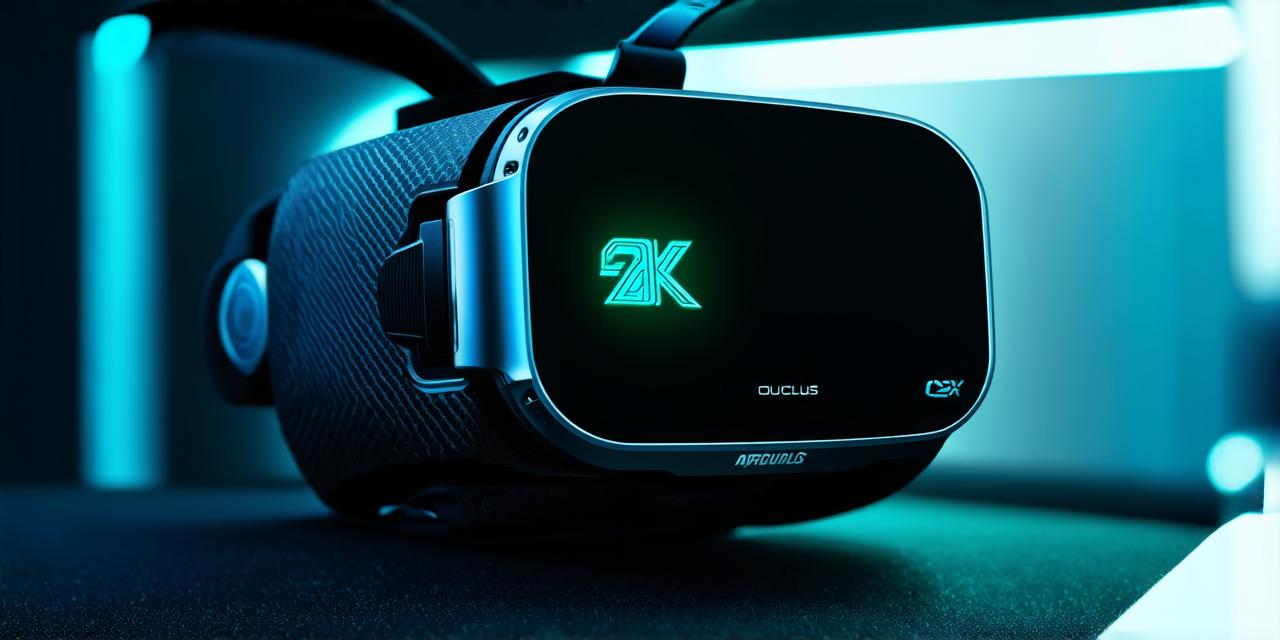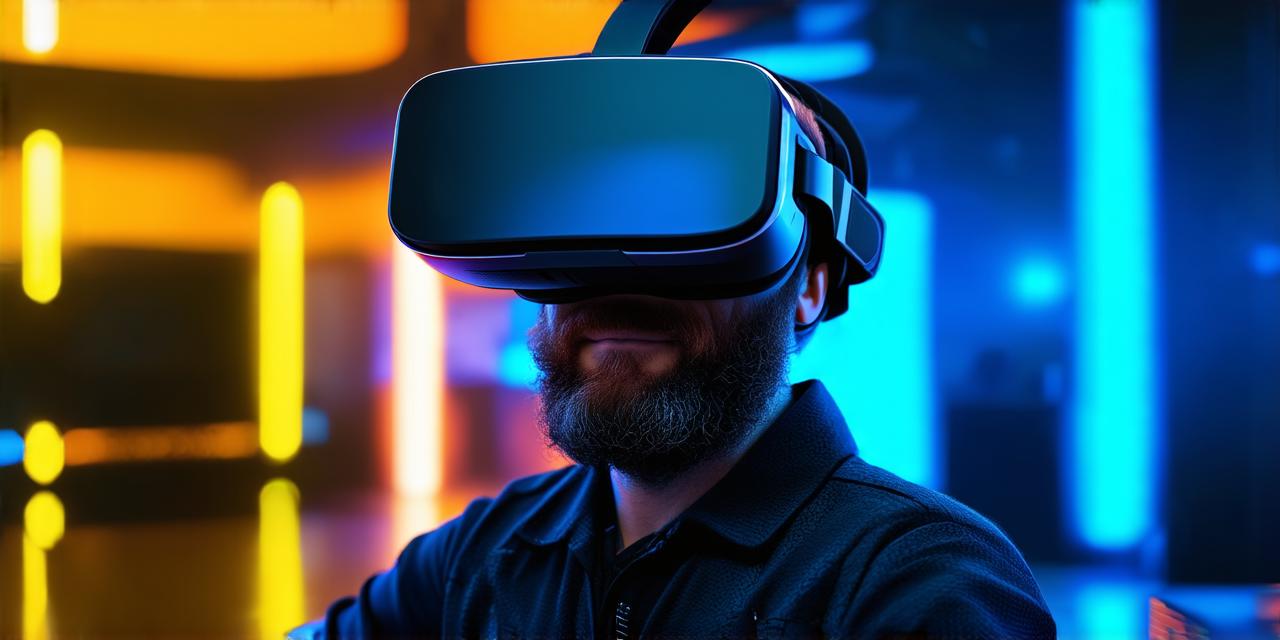Virtual reality (VR) technology has become increasingly popular in recent years, with numerous applications in gaming, education, healthcare, and other industries. However, with VR becoming more accessible to consumers of all ages, there are concerns about the impact on children’s development and well-being. In this article, we will explore what age is suitable for virtual reality and discuss some of the pros and cons of using VR technology at different ages.
Suitable Age for Virtual Reality
There is no definitive answer to what age is suitable for virtual reality as it depends on various factors such as the type of VR experience, the child’s maturity level, and their level of exposure to technology. However, in general, most experts recommend that children under the age of 7 should not use VR technology due to concerns about their cognitive and emotional development.
For children aged 7-12, it is recommended that they only use VR technology under adult supervision and in moderation. This is because at this age, children’s brains are still developing, and prolonged exposure to virtual reality can have negative effects on their attention span, memory retention, and social skills.
Children aged 13-18 can generally handle more complex VR experiences and can use them for educational or therapeutic purposes. However, it is important to ensure that they are using VR technology in a responsible manner and not becoming overly reliant on virtual reality at the expense of other activities such as sports, socializing, and studying.
Pros and Cons of Virtual Reality for Children
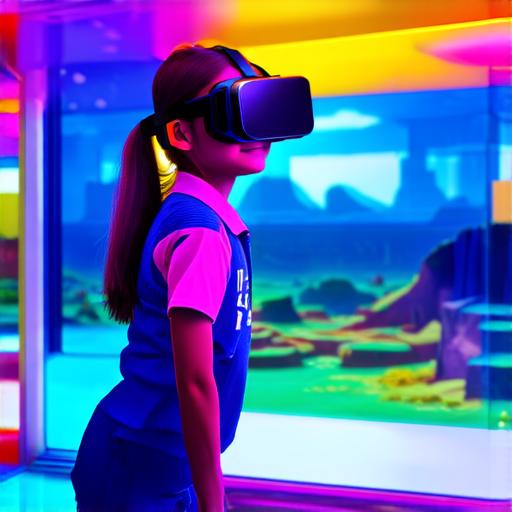
Virtual reality can have numerous benefits for children, including improving their cognitive skills, enhancing their creativity, and providing a safe and immersive learning environment. For example, VR technology can be used to teach children about history, science, and art in a more engaging and interactive way. It can also be used to treat phobias, anxiety disorders, and post-traumatic stress disorder (PTSD).
However, there are also some concerns about the impact of virtual reality on children’s development and well-being. For example, prolonged exposure to virtual reality can lead to motion sickness, eye strain, and headaches. It can also have negative effects on children’s social skills and ability to empathize with others. Additionally, there are concerns about the addictive nature of virtual reality technology and its potential to replace real-life experiences.
Case Studies and Personal Experiences
There are several case studies and personal experiences that illustrate the benefits and drawbacks of virtual reality for children. For example, a study published in the Journal of Adolescent Health found that using virtual reality technology to treat anxiety disorders was effective in reducing symptoms in adolescents with social anxiety disorder. Another study published in the Journal of Educational Psychology found that using VR technology to teach science concepts improved students’ understanding and retention of information.
Personal experiences can also provide insight into the benefits and drawbacks of virtual reality for children. For example, a parent who used VR technology to treat their child’s phobia reported that it was highly effective in reducing symptoms and improving their child’s quality of life. However, another parent who allowed their child to use VR technology excessively reported that their child became increasingly isolated and disengaged from real-life activities.
Expert Opinions
Experts in the field of virtual reality and children’s development have different opinions on what age is suitable for virtual reality. Some experts recommend that children under the age of 7 should not use VR technology due to concerns about their cognitive and emotional development. Other experts believe that children can benefit from using VR technology at a younger age, provided that they are used in moderation and under adult supervision.
For example, Dr. David J. Linden, an associate professor of pediatrics and child psychology at Harvard Medical School, recommends that children aged 7-12 should only use VR technology for educational purposes and with adult supervision. He also advises parents to be aware of the potential negative effects of virtual reality on their children’s development and well-being.
Dr. Sherry Turkle, a sociologist and professor at Harvard University, has a more positive view of VR technology for children. She believes that virtual reality can be used to enhance children’s creativity and imagination, and provides a safe and immersive learning environment. However, she also advises parents to ensure that their children are using VR technology in a responsible manner and not becoming overly reliant on virtual reality at the expense of real-life experiences.
Conclusion
Virtual reality technology is rapidly advancing and becoming more accessible to consumers of all ages.
